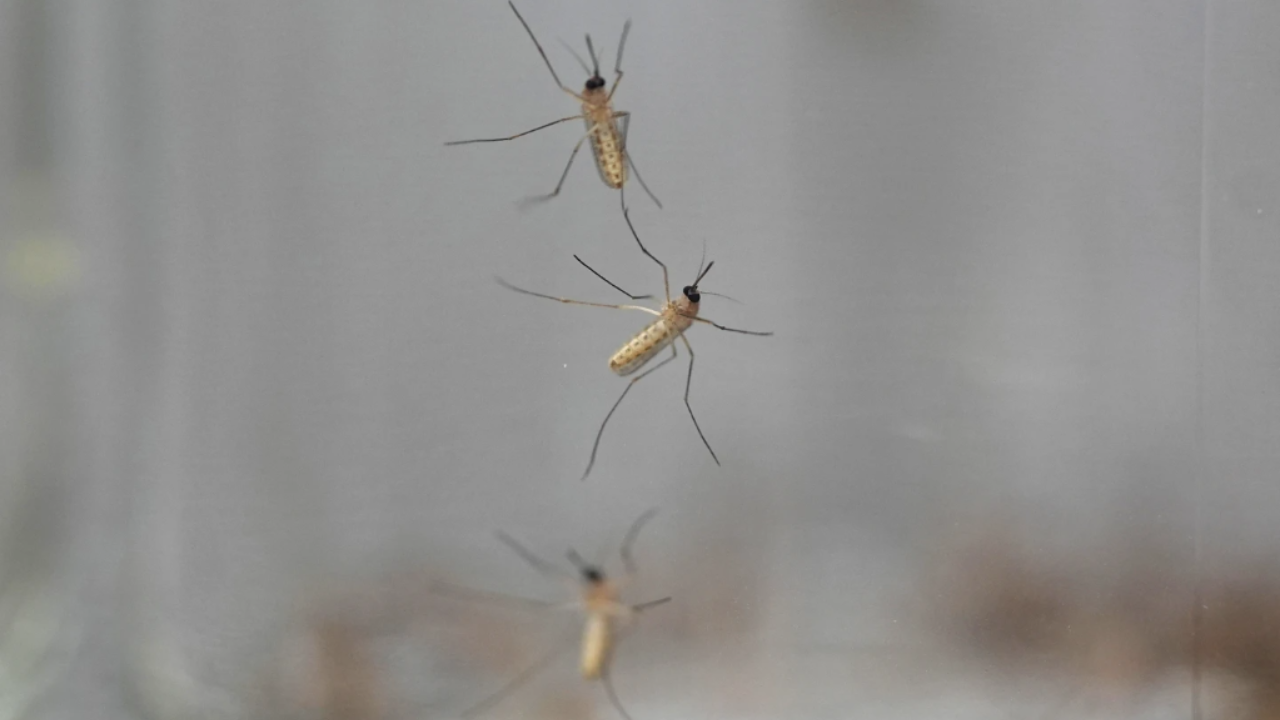
©(AP Photo/David Zalubowski, File)
Vocabulary:
I will read the words, meanings, and sample sentences. Then, repeat after me.
- inhumane /in-hyoo-MEYN/
- immobilize /ih-MOH-buh-lahyz/
- condemnation /kon-dem-NEY-shuhn/
- toxicity /tok-SIS-i-tee/
- rodent /ROHD-nt/
[adjective] – cruel or lacking kindness toward people or animals
Many people think keeping animals in small cages is inhumane.
[verb] – to stop something or someone from moving
The net will immobilize the fish until they can be released.
[noun] – strong disapproval or criticism of something
The mayor’s decision to close the park received public condemnation.
[noun] – the level of poison or harmfulness in a substance
Scientists are testing the toxicity of the new cleaning product.
[noun] – a small mammal with sharp front teeth, such as a mouse or rat
Farmers use traps to control rodents in the grain storage area.
Article reading:
Please read the whole article. Then, I will check your pronunciation and intonation.
Growing public concern over inhumane pest control has led experts to recommend safer and more sustainable alternatives. Sticky-tape bands on tree trunks, often used to deter spotted lanternflies and similar pests, have been criticized for also trapping non-target species such as butterflies, bees, and birds, which risk serious injury or death. Glue traps, which immobilize animals until they starve, have similarly drawn condemnation from wildlife specialists. Observations from recent cases, such as squirrels gaining access to attics through unsealed vents, highlight the importance of prevention. Wildlife rehabilitators stress that securing entry points before infestations occur can avoid harm to both humans and animals. Humane strategies also include removing standing water to prevent mosquito breeding, applying biological controls such as Bacillus thuringiensis israelensis, and maintaining property conditions that discourage wildlife intrusion.
Specialists emphasize that so-called nuisance animals—squirrels, raccoons, and bats—are often displaced from natural habitats due to urban expansion. Prevention measures, such as sealing gaps, installing chimney caps, and securing waste containers, are considered both ethical and practical. Authorities advise against relocation, noting that many animals fail to survive the process and some may return over long distances. Pest control experts recommend beginning with methods that use the lowest toxicity, increasing the level of treatment only if the problem continues. Suggested approaches include placing bait stations for ants and cockroaches, using snap traps for rodents to provide a quick and humane death, and maintaining cleanliness and secure sealing of spaces to avoid future infestations. Experts underscore that adopting these humane and preventive measures not only mitigates ecological harm but also fosters coexistence between urban communities and wildlife.
Specialists emphasize that so-called nuisance animals—squirrels, raccoons, and bats—are often displaced from natural habitats due to urban expansion. Prevention measures, such as sealing gaps, installing chimney caps, and securing waste containers, are considered both ethical and practical. Authorities advise against relocation, noting that many animals fail to survive the process and some may return over long distances. Pest control experts recommend beginning with methods that use the lowest toxicity, increasing the level of treatment only if the problem continues. Suggested approaches include placing bait stations for ants and cockroaches, using snap traps for rodents to provide a quick and humane death, and maintaining cleanliness and secure sealing of spaces to avoid future infestations. Experts underscore that adopting these humane and preventive measures not only mitigates ecological harm but also fosters coexistence between urban communities and wildlife.
Discussion Questions:
I will read each question. Then, please answer them.
- Have you ever had an animal or insect come into your home? If so, how did you handle it? If not, what would you do if it happened?
- Have you ever seen people using traps or other methods to control pests? If so, what kind of methods did you see? If not, what methods do you think are common in your area?
- Do you agree that prevention is better than removing pests after they enter a home?
- How can building more houses and roads harm wild animals?
- What role should governments play in encouraging humane pest control methods?
Summarization
Please summarize the whole article using your own words and expressions. You will have one minute to prepare before you answer.
Describe:
Please explain the definition of each word listed below based on your understanding. You can provide example sentences if needed.
- pest control
- sustainable
- species
- wildlife
- strategy